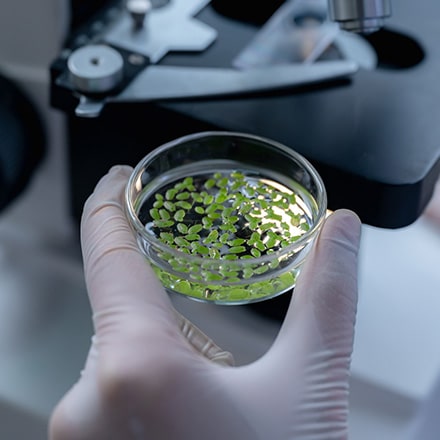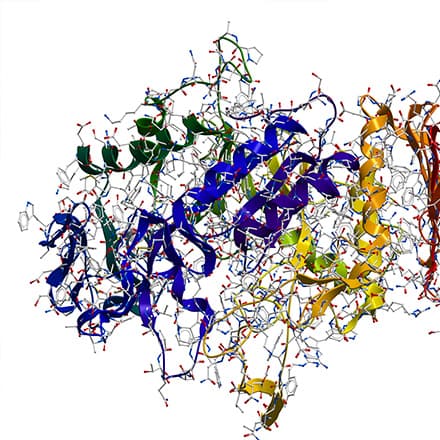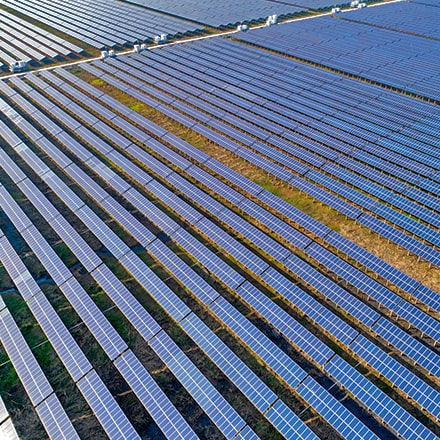New & Notable

blossom
that we must
respectfully and
ethically pick.



The world’s appetite for strategic minerals is poised to grow voraciously. Samta Mines & Minerals (SMML) is strategically placed to extract and produce these precious raw materials to feed this demand.
SMML, based out of Mumbai, is the mining arm of Samta Group. With subsidiaries located in Uganda and DR Congo, the company currently holds over 3200 sq km of mineral exploration area, which consists of more than 25 mineral licenses. All explorations here are carried out under strict international guidelines. Since mining has a significant environmental impact, we aim to earmark budgets to invest in afforestation right at the beginning of the project rather than at the end.
Visit website>
















